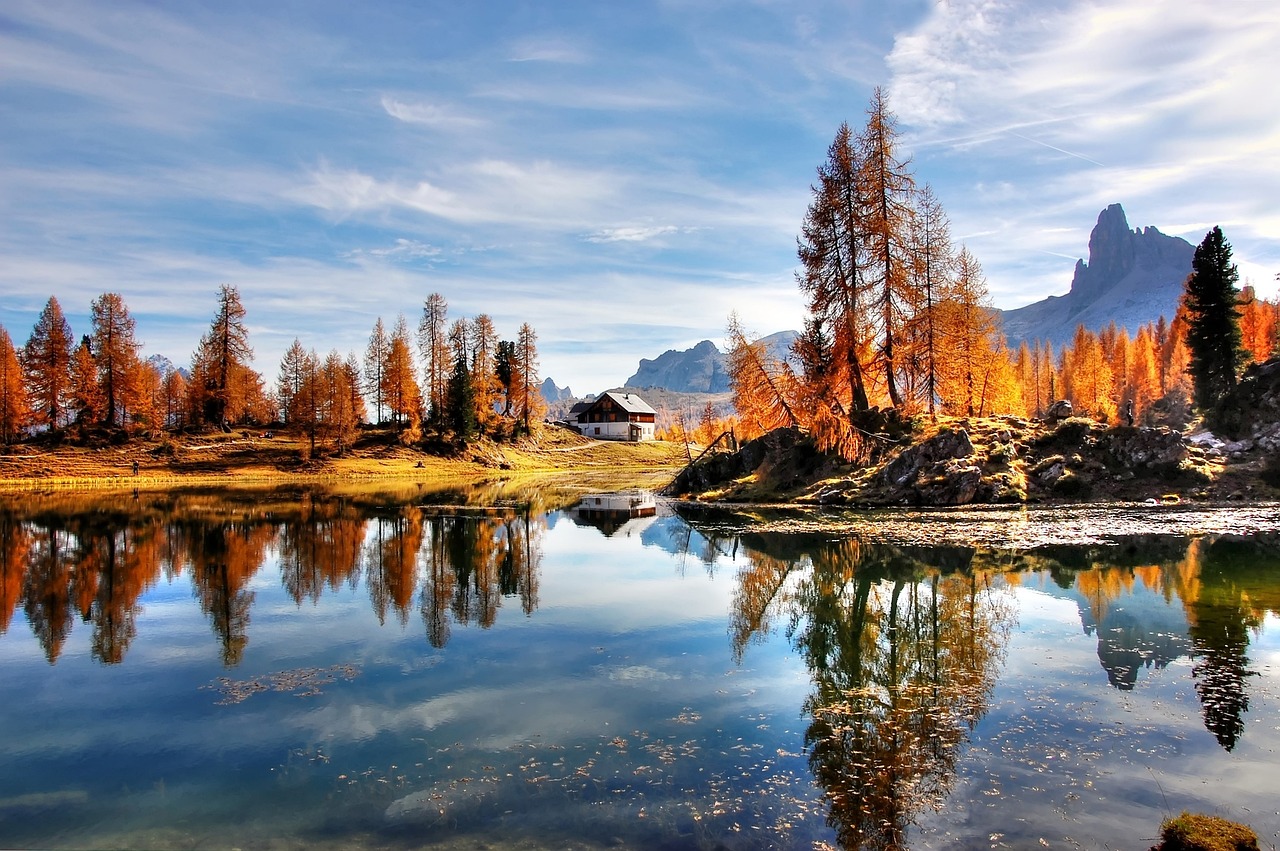Fall bass fishing is an exciting time for anglers, as the changing seasons bring about distinct behavioral patterns in bass. Understanding these patterns and knowing how to adapt your strategies gets you more bites. Let’s dive into the three key stages of fall bass fishing: early fall, peak fall feed, and late fall.
Early Fall Transition
Overview: Early fall is marked by the initial drop in water and air temperatures. This period triggers bass to move from their summer haunts to shallower areas like creeks and pockets, where they begin their feeding journey.
Key Strategies:
Follow the Temperature Changes:
- As temperatures start to cool, bass will leave deeper summer spots and head towards shallower waters. Monitor water temperatures closely; when they drop to in your area, it’s time to start exploring creeks and pockets.
Target Transition Areas:
- Focus on areas where bass are likely to transition, such as points, humps, and creek mouths. These spots act as highways for bass moving from deeper to shallower waters.
Effective Lures:
- Spinnerbaits: These are great for covering water quickly and locating active fish.
- Flukes: Soft plastic jerkbaits that mimic baitfish, ideal for enticing bass in transition.
- Crankbaits: Use shallow-running crankbaits to target bass in the 5-10 foot range.
Tips:
- Look for baitfish activity; where there’s bait, there are usually bass.
- Pay attention to the weather; overcast days can make bass more aggressive and willing to chase lures.
Peak Fall Feeding Frenzy
Overview: During the peak fall feed, bass are in a feeding frenzy, aggressively hunting baitfish to build up energy reserves for the winter. This stage offers some of the best fishing opportunities of the year.
Key Strategies:
Identify Feeding Zones:
- Bass will be found in areas with abundant baitfish. Look for schools of shad or other baitfish in creeks, pockets, and along the edges of grass beds.
Match the Hatch:
- Use lures that closely resemble the size and color of the local baitfish. This increases your chances of triggering a strike. If this is not working switch to bright colors so your lure stands out.
Effective Lures:
- Spinnerbaits: Continue to be effective, especially in areas with cover.
- Crankbaits: Medium to deep-diving crankbaits can cover different depths and mimic fleeing baitfish.
- Topwater Lures: Early morning and late evening are prime times for topwater action. Use poppers, jitterbug, and walking baits to entice explosive strikes.
Tips:
- Focus on areas with structure, such as submerged timber, rock piles, and docks, where bass can ambush prey.
- Keep an eye on bird activity; diving birds often indicate the presence of baitfish and, consequently, bass.
Late Fall Migration
Overview: As fall progresses and temperatures continue to drop, bass begin their migration back to deeper main lake areas where they will spend the winter. This period requires a shift in tactics to locate and catch bass.
Key Strategies:
Follow the Migration Routes:
- Bass will use the same routes they took in early fall but in reverse. Focus on main lake points, ledges, and drop-offs.
Cover More Water:
- Use lures that allow you to cover large areas efficiently. This helps in locating bass that are likely schooled up.
Effective Lures:
- Crankbaits: Deep-diving tight wobble crankbaits are essential for reaching bass in deeper water.
- Jigs: Football jigs and finesse jigs can be effective for targeting bass holding tight to the bottom.
- Swimbaits: Slow-rolling swimbaits along the bottom can entice lethargic bass.
- Finesse baits: These are lure that get down to the schooled up bass.
Tips:
- Pay attention to the depth where you find fish and replicate that pattern in similar areas.
- Use electronics to locate schools of baitfish and bass in deeper water.
Conclusion
Fall bass fishing is a dynamic and rewarding experience that requires adaptability and keen observation. By understanding the distinct stages of fall and adjusting your tactics accordingly, you can maximize your chances of success. Whether you’re targeting bass in the early fall transition, capitalizing on the peak feeding frenzy, or following their late fall migration, these strategies will help you stay ahead of the game and enjoy some of the best fishing of the year.
